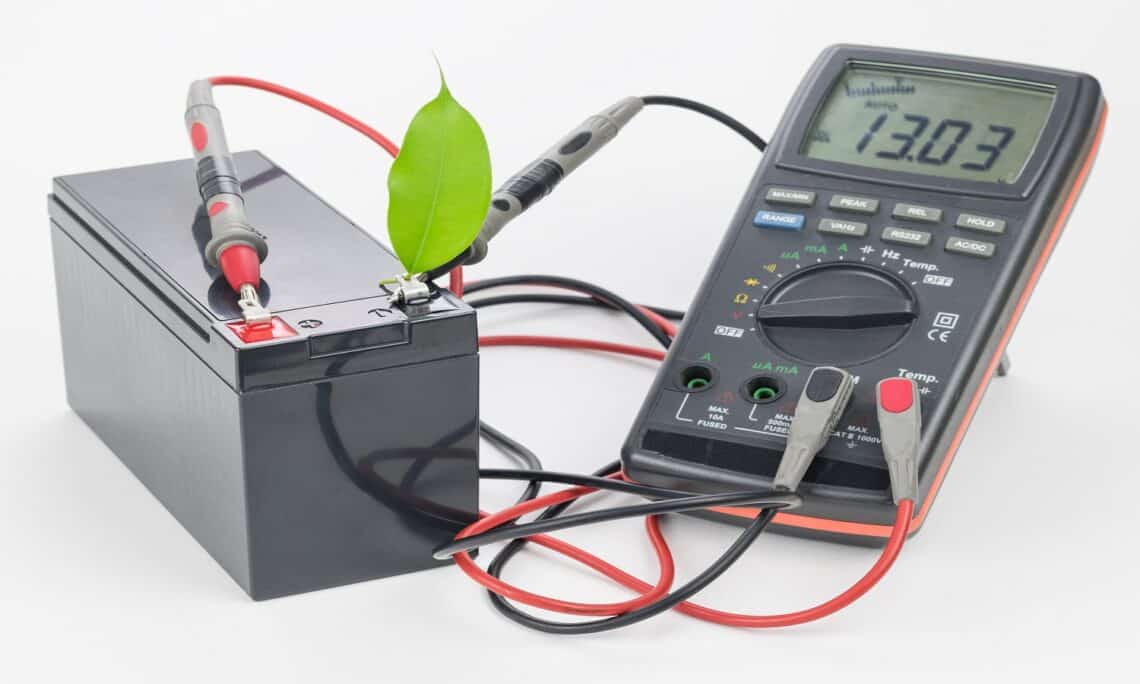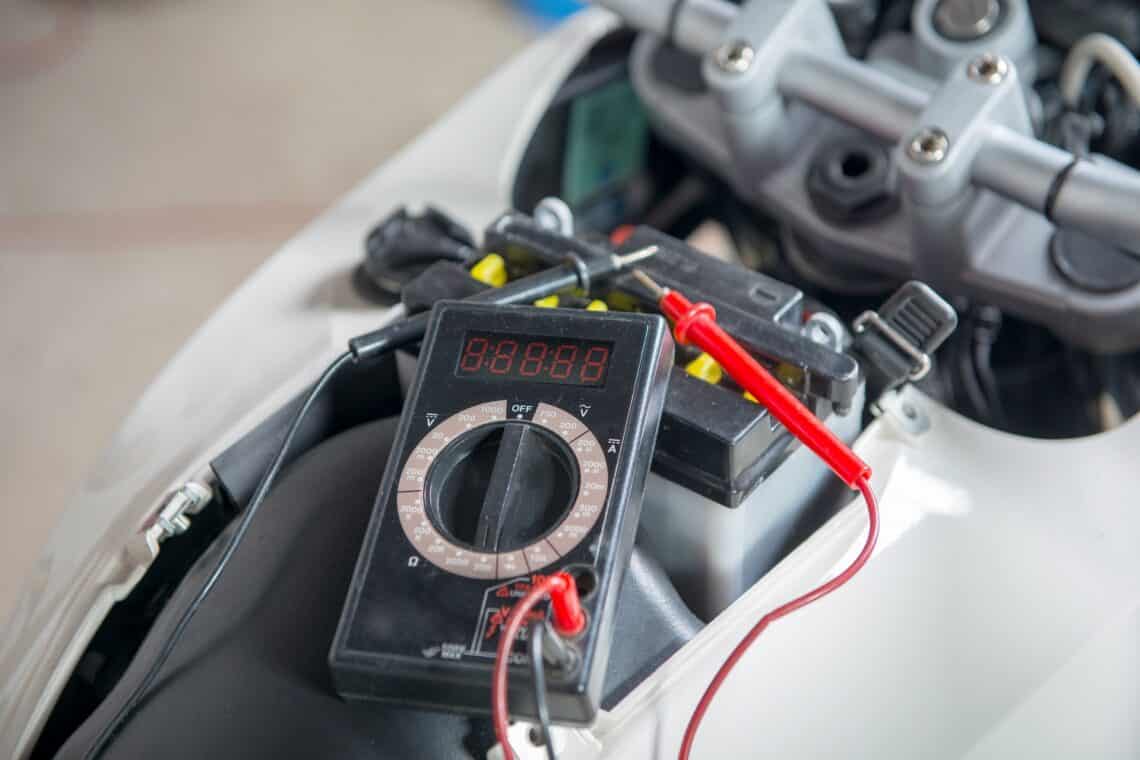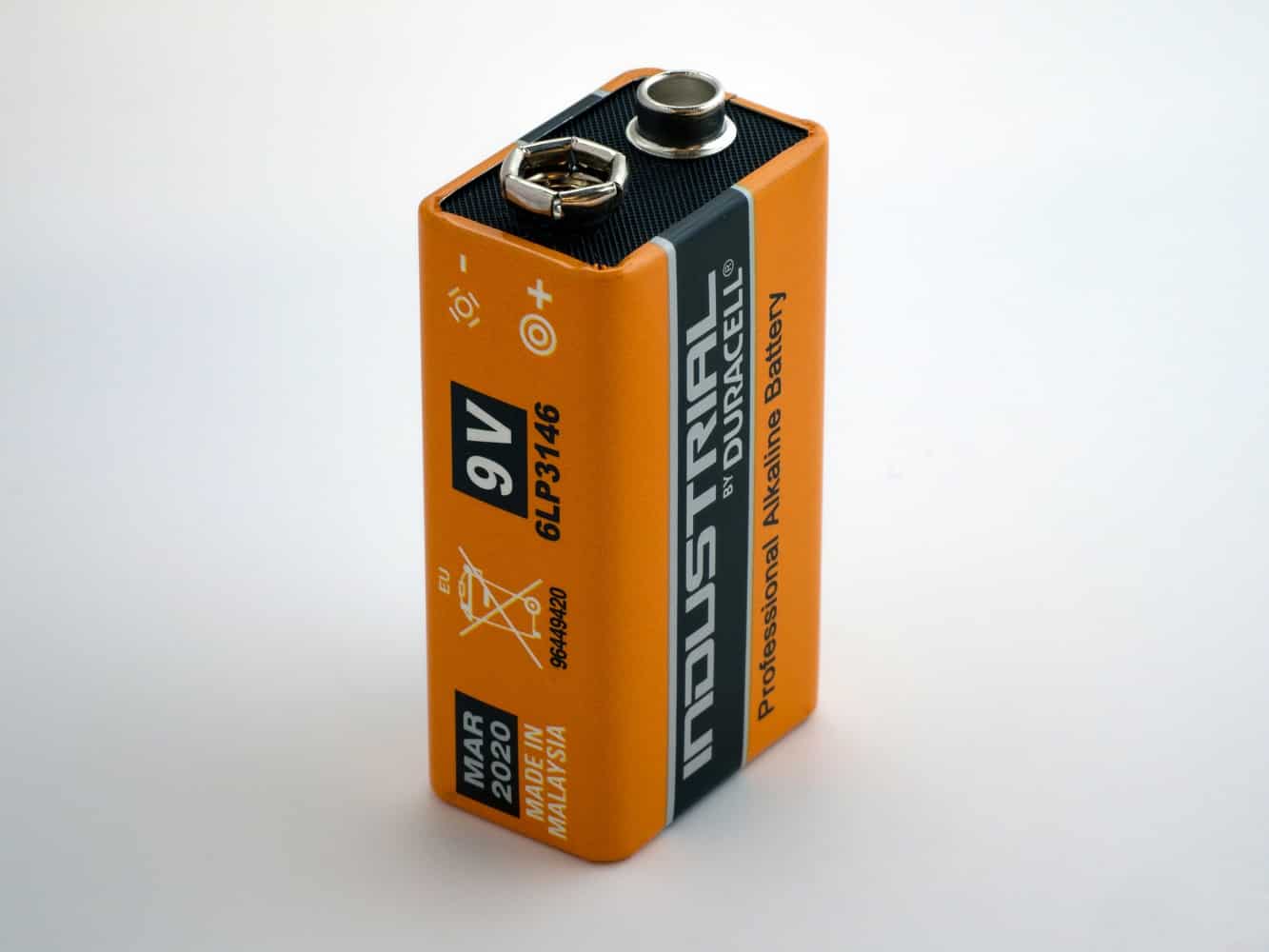With so many battery operated products in the house, multimeters have become the need of this day.
Today, we are here to tell you how to use one correctly. From TV and AC remotes to battery operated lights, there are a lot of products that need proper functioning cells to run. Even our cars cannot run without cells.
With multimeters available on the internet and in shops, it is easier to buy one and take care of all your batteries at home itself. As such, you would not need to visit a mechanic at a garage.
But if you are confused about buying a multimeter because you do not know how to use it, here’s a guide that will provide the details. Read on to learn how to measure voltage levels for different types of cells. Also, we will tell you how to understand when to buy new batteries because they are running out of juice.
Let’s turn on the ignition and proceed!
How to Check Battery Voltage Using a Multi-meter

Firstly take a multimeter and place it on the table. Also, bring in the battery you want to test. We will explain the process with a 9-volt battery for this guide. To correctly measure the voltage, turn your switch dial to DC voltage measurement.
This needs to be done because a battery generates DC power, and this means you will need to measure it with the same unit. So it is essential to know the maximum voltage of the battery. Set the dial to 20 volts, which is the maximum range.
Connect the test probes to your cell, with the black wire meeting the negative. The red wire should meet the positive and then check its display. If you get a number which is higher than 7 for a 9-volt battery, it is still usable, and the cell will last for some more time.
On the other hand, if it is a dead battery, it would show results below 1. If that is the case, it is time to buy a new one. Mostly, it is enough to just check the voltage to get a clear understanding of the battery.
But if you have to ensure that it can supply sufficient current to a load, you would need to measure the amperage in milliampere-hour (mAh). We will discuss this in the next part.
How to Measure Battery Amps with A Multimeter
So here we will talk about how to get accurate measurements of the current of a battery. The average amperage of the battery would be somewhere around 100 mAh. So before measuring, turn the dial to DC function and keep it at 200 mAh.
Again connect your test probes in a similar way where the black wire meets the negative. The red one should connect to the positive. After you are done, check the reading on the display.
If it fluctuates somewhere around 100 mAh, it is working alright and will run any small device efficiently. We tested it on our TV remote control battery, and we got 98.3 on our display, which was a satisfactory result.
While testing your battery, if you find the number to be below half the voltage level of any cell, it is time to replace it. This is because once a battery reaches its midpoint, it starts to drain away quickly.
If you do not have a digital multimeter, you can also try using a simple voltmeter or an analog multimeter. These do not come with a digital display but will let you take accurate measurements with a facility to read it from the scale directly.
A digital variant is easier to use and will always be the preferred choice, but again, it is not the only way to get the job done. There are a number of multimeters available in the market today that simulate a load to test the battery. These devices can be great additions to your tool collection.
How to Use A Multimeter To Test A Car Battery
If your car battery is causing problems or you have an issue with dim headlights or delayed ignition, a multimeter can come to the rescue. This product can also be used to check the health of heavy-duty car batteries or alternators.
Though you can already see the battery level on your dashboard display, it may so happen that the battery has completely drained out. In such a case, you would have to open the bonnet to get access to the battery, and that’s when you need a multimeter.
The process is the same as above. You would need to connect the probes to the battery terminals. Then proceed to check the reading on the multimeter display.
The battery ratings vary a lot from car to car, but choosing 15-20 Volt is good enough. We selected 20V before proceeding to measure the level. Allow us to give you a piece of advice here – you should keep the headlights on for a few minutes before checking the battery. This would drain away any remaining charge.
If your measurement is more than the minimum value, which is usually 12 volts, the battery has a good charge and will last. However, this is not the only way to judge if the battery is in perfect condition. One also needs to check if the car is able to draw power successfully.
A quick way to come to a conclusion is to test the cold cranking amps (CCA) that trigger the ignition. Most car batteries tend to function well for 3-4 years before deteriorating.
How To Test The Cold Cranking Amps (CCA) of a Car Battery
To test the cold cranking Amps, keep your multimeter connected to the battery terminals and then fire up the ignition of your car. This is a job for two people, where one needs to take control of the ignition while the other checks for fluctuations while the engine is cranked up.
The ideal situation would be if the reading drops to 10V but then returns to a higher value around 12 V. If the reading stays constant after the initial value drop, then you would know your battery is in perfect condition. The engine needs to be running throughout the process.
If the initial reading is around 5V and not below it, you should know that the battery is slowly dying and would not work for long. Also, if the reading is way below 5V, then it is time to replace the cell.
Make sure that you do not try to do it all by yourself. Take another person’s help because if you try to handle both the engine as well as the measurement, you may end up with an incorrect reading.

Conclusion
Now you know how to go about using a multimeter to test batteries. It is fairly easy once you are well-versed with the process.
However, we strongly recommend that you practice on different cells to get the hang of it. Maybe consider practicing with the different batteries used for household items like the remote, video game, torch, and even a battery from a lamp. The more you play around with different cells, the better you understand various charge positions.
We hope this guide was helpful in explaining to you how to test a battery with a multimeter. If you still face any problems, do let us know in the comments section below.
Till next time!
Related Articles
9 Best Multimeter for Electronics Hobbyist and Beginners
How to Test a Battery with a Multimeter?
13 Best Multimeters For Electronics Technicians



